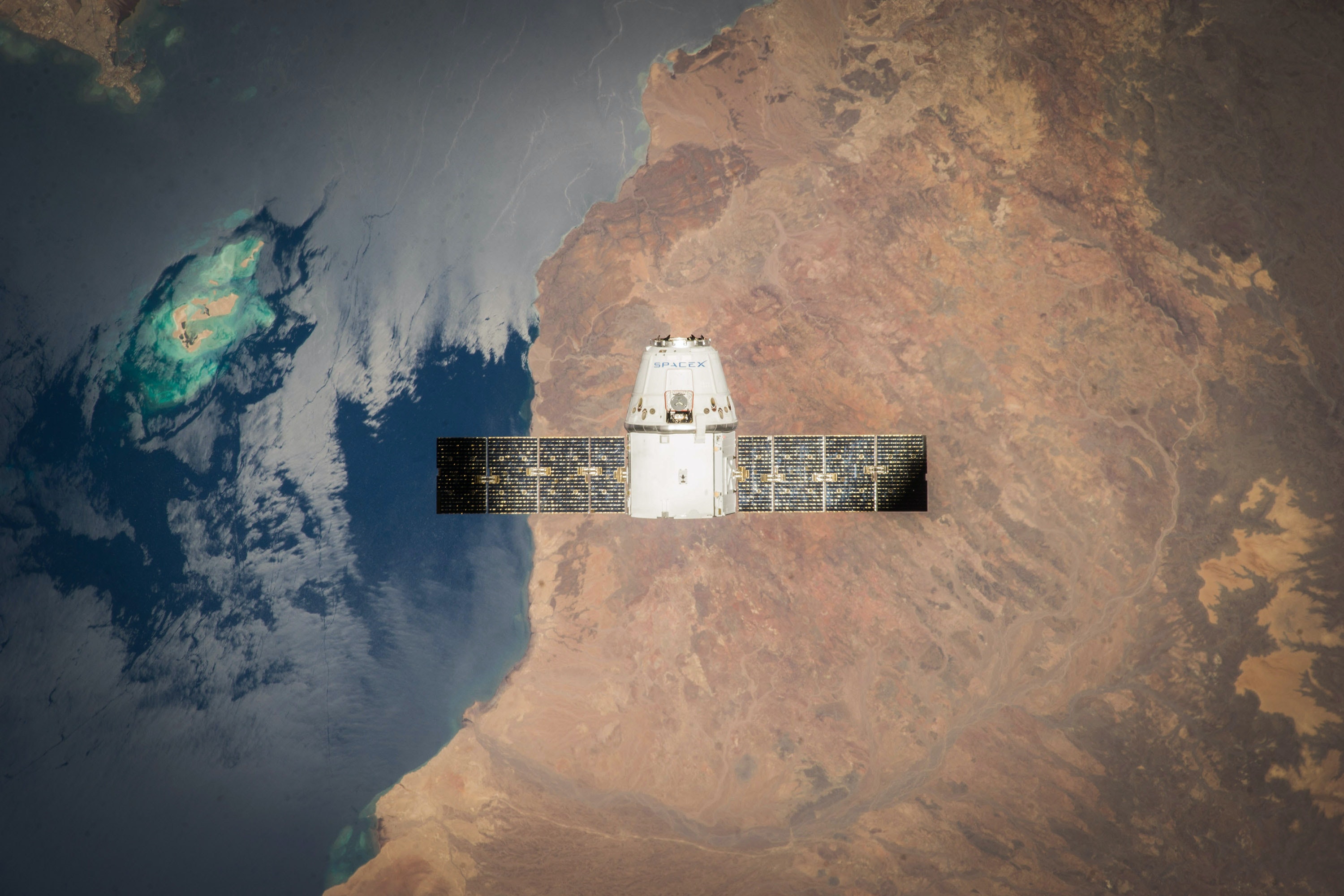Satellite Runs Out Of Fuel, Is Falling Back To Earth. Should We Run For Cover?
Satellite Runs Out Of Fuel, Is Falling Back To Earth. Should We Run For Cover? The GOCE satellite, a European spacecraft slightly larger than a Volkswagen van, has run out of fuel and is now descending back to Earth. The exact location and time of impact are unknown due to the imprecise nature of predicting satellite landings.
Feb 22, 2023108.3K Shares1.4M Views

Satellite Runs Out Of Fuel, Is Falling Back To Earth. Should We Run For Cover?The GOCE satellite, a European spacecraft slightly larger than a Volkswagen van, has run out of fuel and is now descending back to Earth. The exact location and time of impact are unknown due to the imprecise nature of predicting satellite landings.
According to the mission manager for GOCE, the satellite will re-enter the Earth's atmosphere on either Sunday or Monday and break apart into 25 to 45 fragments, with the largest possibly weighing 200 pounds. Although most of the fragments are expected to burn up upon re-entry, scientists from the European Space Agency (ESA) assure the public that the likelihood of getting hit by a fragment is low and that most of the pieces are expected to fall into the ocean.
In a statement, the head of ESA's Space Debris office stated that a person is 250,000 times more likely to win the lottery jackpot than to be hit by a fragment from the falling satellite.
Although the ESA scientists have tried to reassure the public, concerns persist that space debris will either cause harm to people or significant damage to property upon landing. Some people have compared the falling satellite to an airplane without an engine, leading to calls for future satellites to be equipped with controllable engines that can guide their landing during re-entry. Despite the reassurances from the experts, anxiety remains about the potential dangers posed by the descending satellite.
The GOCE satellite, nicknamed the "Ferrari of space" for its sleek design, was launched in March 2009 with the objective of mapping the earth's fluctuating gravitational field. The mission was originally slated to last 20 months, but the spacecraft burned fuel more slowly than expected, allowing it to remain in orbit for an additional two years.
According to the ESA scientists, the GOCE mission was a tremendous success. The satellite provided the most accurate gravity data ever obtained, and became the first seismometer in orbit when it picked up the sound waves from the 2011 earthquake in Japan.
Now, after being without fuel for over two weeks, the "Ferrari of space" is falling back to Earth. You can follow its descent in real-time through the interactive feature, "Larger module to track Europe's falling, 2,000-pound satellite."
Conclusion
In conclusion, the GOCE satellite, also known as the "Ferrari of space," has successfully completed its mission of mapping the earth's gravitational field fluctuations. Despite concerns about potential damage upon re-entry, scientists from the European Space Agency assure the public that the likelihood of harm is low.
Jump to
Latest Articles
Popular Articles